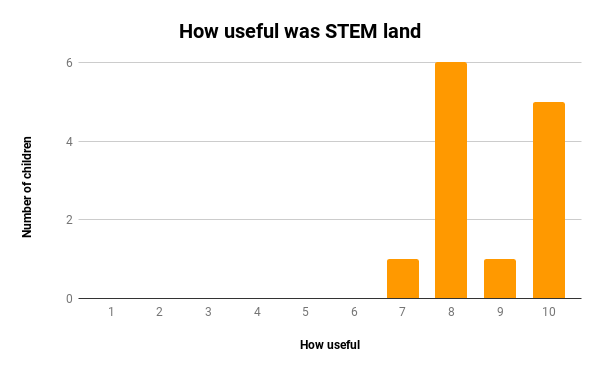Poovizhi, Murali and Saranya
As explained in the previous blog http://www.auraauro.com/uncategorized/2017-2018-batch-childrens-reflection-on-stem-land/
We did a research on how children use or retain what they learn in STEM land. We conducted a survey in the following methodology
a) a group sharing of the alumni of how each of them are doing and what they have retained and use from their experience at STEM land.
b) This was followed by a review of the intention of each of the 20 questions of the
survey that explored each of these aspects
c) The children then filled out the survey individually
d) Four children who were not able to attend the group sharing filled out just the survey.
The conversation and the responses were analysed to understand what the children have found
special, useful and what continues to be useful and impacts them about STEM land.
This paper records reflections of alumni of STEM land two years after they
graduated from STEM land and pursuing their further studies in other schools. We review if
and how they found their time in STEM land useful and what role their experience in STEM
land continues to play in their lives:
1) If they found their time in STEM land useful and in what way.
2) What they retained and its application in higher education.
3) How interventions at STEM land that made the learning environment different from
what they experienced otherwise at school has shaped their attitude in further studies.
Specifically, we examine:
the freedom to plan their work
peer learning
access to puzzles and strategy and logic games that give a broader perspective of
Mathematics and are joyful
access and use of materials in Mathematics to make abstract ideas concrete
creating projects that provide opportunity to own one’s work
Following is the graph which shows how useful was STEM land for them.

The survey and conversations indicate that children not only learned Mathematical concepts
but also learned skills like programming and logical thinking. The children were left with a
comfort with these areas and all of them took up these subjects in higher education took up
computer science as an elective even those who took up Arts as a stream. They also continued
supporting their peers even in environments that are not entire conducive to peer learning.
The children not only understood what they had learned, but also had clarity in the
development of logical thinking, strategies and multiple methodologies of solving questions.
They also shared that they find a learning environment joyful and they appreciate is one that
gives them responsibility to plan their learning and work and gives them access to resources
and peer learning.
We believe these interventions if introduced as part of Mathematics could support children
taking responsibility of their learning and develop a deeper sense of learning beyond what is
expected in their Mathematics curriculum across India.
We have submitted our paper in epiSTEME8 it is available in the following link.
http://www.auraauro.com/research/STEMland_Alumni_Research.pdf

